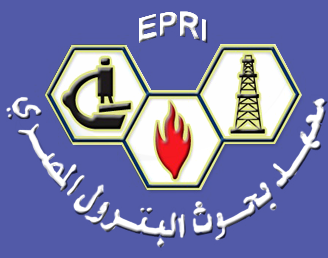Article Type
Research Paper
Abstract
Reservoir rock typing for the Wata Formation is a crucial step in the exploration and development of hydrocarbon reservoirs. This study focuses on understanding porosity-permeability variations to delineate distinct reservoir rock types of the Wata Formation. The Wata Formation exhibits significant lithological variability, including sandstones, siltstones, shales, and carbonate rocks, making it challenging to assess reservoir properties. Several approaches were utilized for rock typing the Wata Formation in the Geisum field, using core data to classify different units based on the core porosity and core permeability relationship. The first approach depends on the flow zone indicator (FZI) and reservoir quality index (RQI); the second one employs the pore throat radius (R35 and/or R36) and the third approach is the discrete rock typing (DRT). The study analyzed data from 184 core samples obtained from two drilled wells in the Geisum field to identify the identical reservoir rock types for the Wata Formation. The relationship between porosity and permeability for each rock type showed a good correlation. Furthermore, the core permeability and predicted permeability from the various rock typing methods exhibited a strong correlation, with correlation coefficients (R2) of 0.98, 0.84, and 0.97 for FZI, Winland R35, and DRT respectively. It was concluded that the DRT method is the simplest and most efficient way to categorize the Wata Formation into different rock types. Notably, there was a very high correlation (R2=0.97) between Kr36 and R35, which confirms that Kr36 can be used to distinguish the Wata Formation into different rock types based on pore aperture size. Three pore throat types were recognized, indicating that meso pores are the most prevalent for the Wata Formation in the study area.
Keywords
Gulf of Suez, Geisum Field, Wata Formation, Rock Typing, Permeability Prediction, Reservoir Characterization
Recommended Citation
Karam, Ahmed; Sayed, Abdel Moktader A. El; Metwalli, Farouk I.; and Shebl, Ayman
(2024)
"Reservoir Rock Typing of the Upper Cretaceous Wata Formation Using Core Analysis Data, Geisum Field in the Gulf of Suez, Egypt,"
Egyptian Journal of Petroleum: Vol. 33
:
Iss.
2
, Article 11.
Available at: https://doi.org/10.62593/2090-2468.1028
Creative Commons License

This work is licensed under a Creative Commons Attribution-NonCommercial-No Derivative Works 4.0 International License.







